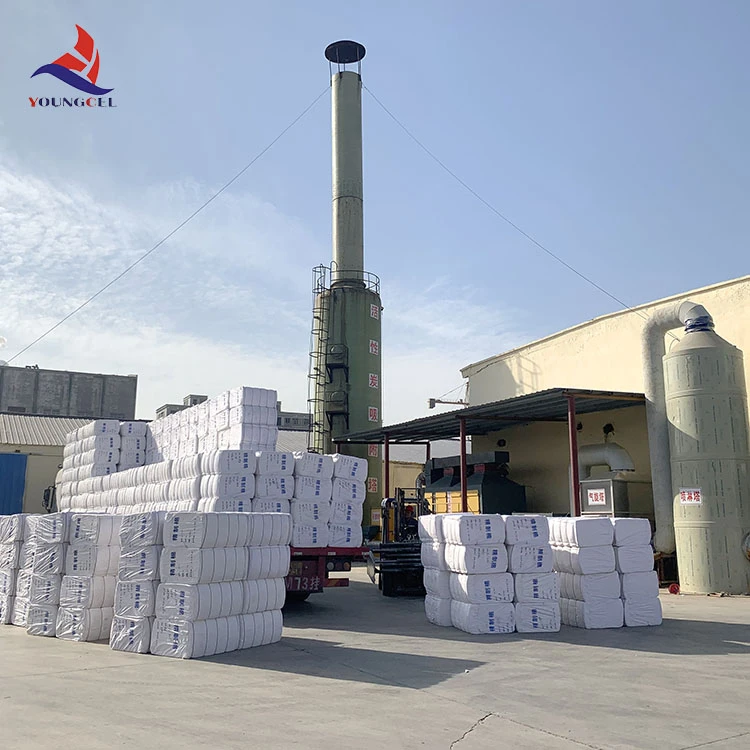The Role of Ceramic Adhesives in Modern Applications
Ceramic adhesives have become an essential component in various industries, providing robust bonding solutions that are critical for both architectural and industrial applications. As the need for high-performance materials continues to grow, understanding the properties, benefits, and uses of ceramic adhesives can illuminate their significance in modern technology and construction methods.
At its core, ceramic adhesives are formulated to bond ceramic materials with one another or with dissimilar substrates such as metals, plastics, and glass. These adhesives are often epoxy, silicone, or polymer-based and are known for their ability to withstand extreme temperatures, humidity, and chemical exposure. This makes them particularly valuable in settings where durability and reliability are paramount.
One of the standout attributes of ceramic adhesives is their exceptional thermal resistance. In applications such as automotive, aerospace, and electronic components, the ability to endure extreme temperature variations without losing adhesive properties is crucial. For instance, in the aerospace industry, components that are bonded using ceramic adhesives must perform reliably in high-stress environments where temperatures can soar during flight. The bonding strength and longevity of ceramic adhesives make them an ideal choice in such demanding contexts.
Moreover, ceramic adhesives have excellent chemical resistance, allowing them to be used in environments that may expose them to solvents, acids, and other corrosive materials
. In the chemical processing industry, where equipment and piping systems often undergo harsh conditions, ceramic adhesives help ensure structural integrity and prevent leaks, safeguarding both the equipment and the environment.ceramic adhesives

The application ranges of ceramic adhesives are vast. In the construction industry, they are used for bonding tiles, stones, and other ceramic materials in various structures. The flexibility and resilience of these adhesives allow for significant movement and expansion in response to environmental changes without compromising the bond. Moreover, the aesthetic quality offered by ceramic adhesives contributes to the seamless appearance of joint lines in tiled surfaces.
In the realm of consumer products, ceramic adhesives are also utilized in the manufacture of household items. For example, ceramics bonded using these adhesives are common in kitchenware, decorative pieces, and sanitaryware. The ability to create strong, durable bonds ensures that these products can withstand regular use and cleaning without degradation.
Another critical aspect of ceramic adhesives is their environmental impact. Many modern formulations are designed to be low in volatile organic compounds (VOCs), making them more environmentally friendly than traditional adhesives. As sustainability becomes an increasingly important consideration across industries, the development of eco-friendly ceramic adhesives aligns well with broader goals of reducing environmental footprints in manufacturing and construction processes.
Challenges do exist within the realm of ceramic adhesives, such as the need for surface preparation and careful application techniques to achieve optimal bonding performance. Additionally, the initial cost of high-performance ceramic adhesives can be higher than that of conventional adhesives. However, the long-term benefits in terms of performance, durability, and reduced maintenance costs often justify this investment.
In conclusion, ceramic adhesives play a fundamental role in a wide array of applications due to their unmatched thermal and chemical resistance, durability, and aesthetic qualities. As industries continuously evolve toward greater efficiency and sustainability, the importance of reliable materials like ceramic adhesives cannot be overstated. By providing innovative bonding solutions, these adhesives are paving the way for advancements in technology and construction, reinforcing their critical role in modern applications. Whether in aerospace, construction, or consumer products, the contributions of ceramic adhesives are transforming the landscape of materials engineering.
-
Rdp Powder: Key Considerations for Wholesalers in the Building Materials IndustryNewsJul.08,2025
-
Key Considerations for Wholesalers: Navigating the World of Hpmc - Based ProductsNewsJul.08,2025
-
Hpmc Detergent: Key Considerations for WholesalersNewsJul.08,2025
-
Key Considerations for Wholesalers: China Hpmc For Tile Adhesive, Coating Additives, Concrete Additives, and MoreNewsJul.08,2025
-
Crucial Considerations for Wholesalers: Navigating the World of Construction MaterialsNewsJul.08,2025
-
Key Considerations for Wholesalers Sourcing Additive For Cement, Additive For Concrete, Additive For Putty from Additive Manufacturer Shijiazhuang Gaocheng District Yongfeng Cellulose Co., Ltd.NewsJul.08,2025




